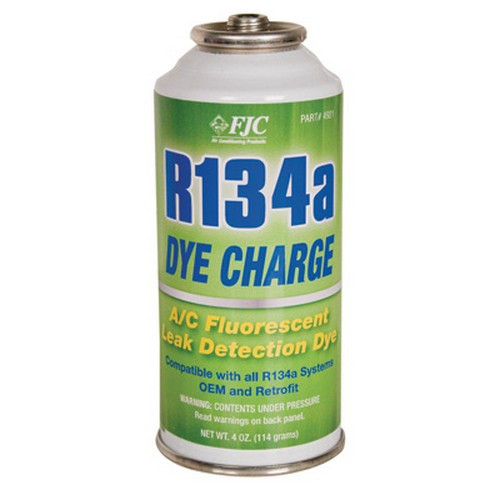Finally got the heat side of this unit working (bad potentiometer) and now can't get A/C to blow cold. Fan motor works correctly at all 3 speed settings but doesn't seem that the compressor every switches on. System was vacuumed, leak tested, and charged.
The Vintage Air Mini Gen II has a "Mode" switch that selects where the air comes out (floor vent/defrost vent/etc). As this does not apply to the GT40, I removed this switch and rewired according to what the Vintage Air tech told me. Now, when I turn on the A/C knob, I hear the "click" but the compressor does not seem to be engaging.
Question: Should the A/C compressor click on even when the engine is not running? If I turn the key on, I have power to the blower fan so wanted to test by ear whether or not the A/C clutch is engaging without the noise of the engine running.
Assuming the tech did not lead me astray in the rewiring of the circuit to accommodate removal of the Mode switch, what else could be going on and where should I check?
My wiring harness is all shrink wrapped and neatly hidden away so would strongly prefer to test the easy things first before cutting off the trinary switch, etc. To that end, where should I start testing for power/continuity?
Here's what Vintage Air had me do to remove the Mode switch:
I was also told to cut off the Green wire because I don't have a defrost circuit.
Anyone else removed the Vintage Air Mode switch and did I do this correctly?
The Vintage Air Mini Gen II has a "Mode" switch that selects where the air comes out (floor vent/defrost vent/etc). As this does not apply to the GT40, I removed this switch and rewired according to what the Vintage Air tech told me. Now, when I turn on the A/C knob, I hear the "click" but the compressor does not seem to be engaging.
Question: Should the A/C compressor click on even when the engine is not running? If I turn the key on, I have power to the blower fan so wanted to test by ear whether or not the A/C clutch is engaging without the noise of the engine running.
Assuming the tech did not lead me astray in the rewiring of the circuit to accommodate removal of the Mode switch, what else could be going on and where should I check?
My wiring harness is all shrink wrapped and neatly hidden away so would strongly prefer to test the easy things first before cutting off the trinary switch, etc. To that end, where should I start testing for power/continuity?
Here's what Vintage Air had me do to remove the Mode switch:
- Attach Pink wire from Mode Switch prong "B" and Blue Wire from Mode switch prong "M" to Black wire on Blower switch prong "C".
I was also told to cut off the Green wire because I don't have a defrost circuit.
Anyone else removed the Vintage Air Mode switch and did I do this correctly?



